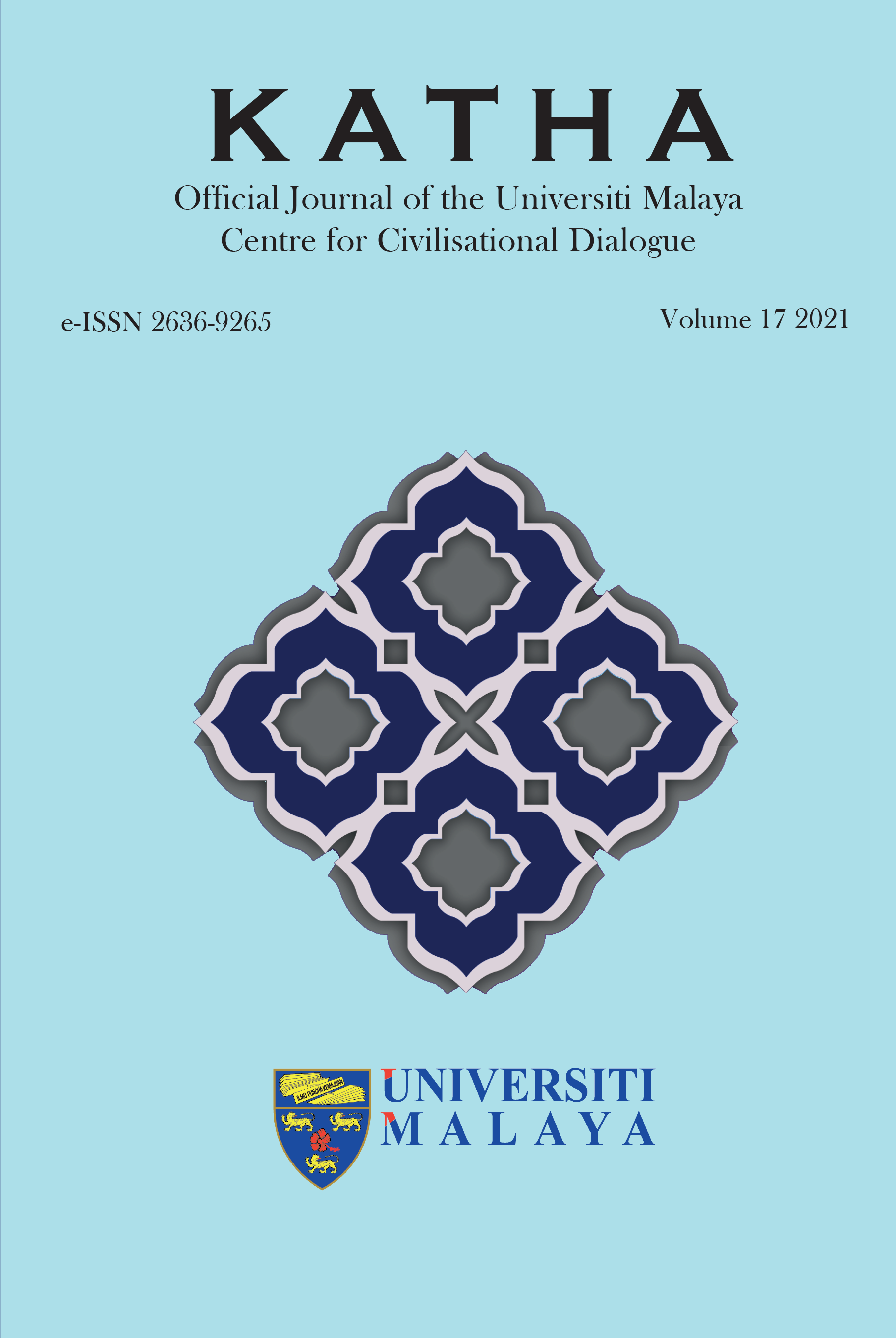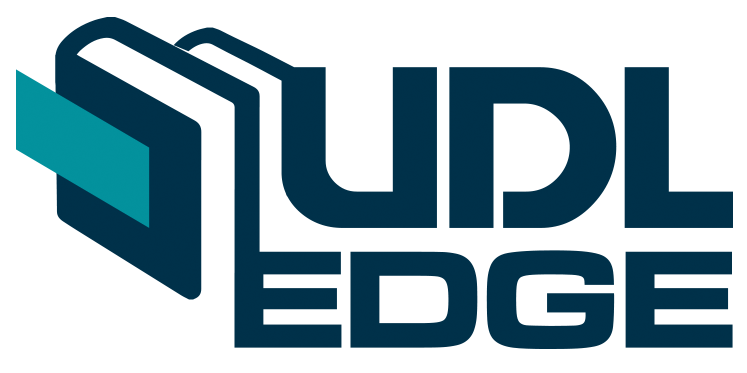Major Muslim-Christian Dialogue Initiatives Since 9/11
DOI:
https://doi.org/10.22452/KATHA.vol17no1.1Keywords:
Muslim-Christian dialogue, interreligious dialogue, dialogue initiativesAbstract
The events of 9/11 deepened tensions between the West and the Islamic world. But there were also Christians and Muslims who used the occasion to intensify dialogue with each other. In the 20 years since then, dialogue has taken place in many forms and settings. This article asks which large-scale dialogue initiatives between Muslims and Christians were started in the time since 9/11 and what their salient characteristics are. Using a historical and qualitative approach, it contributes to establishing a framework for Muslim-Christian dialogue by showing the developments and providing insights in the current status of the larger, widely visible Muslim-Christian dialogue initiatives. The first part introduces and describes seven such initiatives, ranging from conferences to centres, programs and individual persons. Using a deductive approach, initiatives are analysed according to the people involved, the time and location in which they took or take place, and the topics dealt with. The second part critically analyses the progression of these large-scale dialogue initiatives between Muslims and Christians. What stands out is their diversity and the fact that notable individuals and institutions of both religions have been involved as actors in the process. In a globalized world, what happens on the big stages also impacts what happens elsewhere. The precedence set by the initiatives introduced thus can serve to encourage and give credibility to the enterprise of Muslim-Christian dialogue in other contexts as well.
Downloads
Downloads
Published
How to Cite
Issue
Section
License
Copyright (c) 2021 KATHA- The Official Journal of the Centre for Civilisational Dialogue

This work is licensed under a Creative Commons Attribution-NoDerivatives 4.0 International License.
Articles submitted to the journal should not have been published before in their current or substantially similar form, or be under consideration for publication elsewhere. Authors submitting articles for publication warrant that the work is not an infringement of any existing copyright and will indemnify the publisher against any breach of such warranty. For ease of dissemination and to ensure proper policing of use, papers and contributions become the legal copyright of the publisher unless otherwise agreed. By submitting a manuscript, the author(s) agree that copyright for the article is transferred to the publisher, if and when the manuscript is accepted for publication. However, it can be reprinted with a proper acknowledgment that it was published in KATHA.

This work is licensed under a Creative Commons Attribution-NonCommercial-NoDerivatives 4.0 International License.




